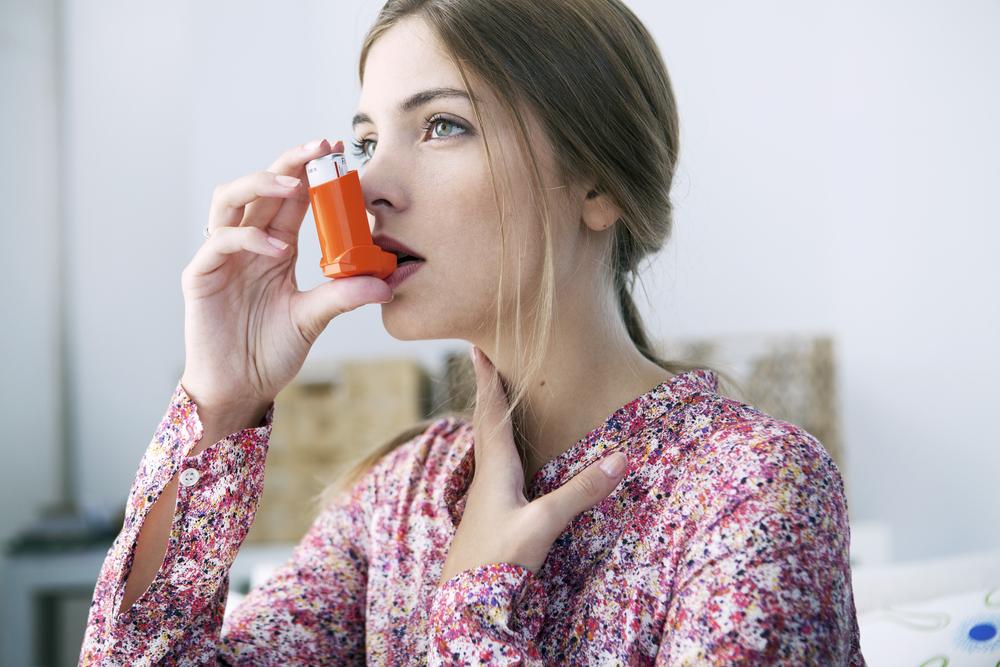
Treatment Options for COPD
Chronic obstructive pulmonary disease (COPD) can be categorized as a group of lung diseases which are progressive in nature. Some of the most common examples of this type of disease include chronic bronchitis and emphysema. Most people suffering from COPD have both of these problems, which keep recurring. In addition, patients with pulmonary arterial hypertension (PAH), a lung disease that causes high blood pressure within the pulmonary arteries, suffer from exacerbated COPD. While cigarette-smoking is considered the biggest cause of this disease in the country, COPD may even be caused by the fumes you consume at your workplace. However, if you have been recently diagnosed with COPD, then there are certain treatment options that you may consider: These options are discussed below.
Treatment for COPD
A doctor may prescribe one of the following measures or a combination of multiple remedies to ensure that living with COPD becomes easy for you.
Oxygen therapy
If the oxygen levels of your blood fall majorly due to a reaction of COPD, then you can use external devices to receive oxygen. The doctor may administer nasal prongs or masks for administering this therapy.
Medication
For people suffering from COPD, especially chronic asthma and emphysema, taking medication may be required to keep episodes from recurring. Some of the common medications taken for keeping COPD at bay are as follows:
- Bronchodilators
Bronchodilators are a common form of treatment for both COPD and chronic asthma. In a typical attack, the muscles around your airways tighten up. With the help of a nebulizer and an inhaler, these muscles can be loosened. Some bronchodilators act for a short duration and provide relief from anywhere between four to six hours.
- Corticosteroids
Bronchodilators are the main form of medication given for COPD, but sometimes it needs to be combined with glucocorticosteroids to reduce major inflammation in the airways. - Theophylline
Theophylline is available mainly in the pill form and used for treating shortness of breath as well as tightness of the chest. It also acts as a great preventive measure for flare-ups. - Phosphodiesterase-4 inhibitors
It is a fairly newer source of medication, which primarily helps in reduction of inflammation as well as changes the production of mucus. However, it is taken only when the COPD condition is severe.
- Vaccines
COPD is accompanied by many other problems such as COPD emphysema and it also exposes you to many other respiratory problems. Taking a yearly flu shot along with the whooping cough vaccination may help prevent flare-ups of COPD. - Antivirals and antibiotics
Even though antibiotics and antivirals are not part of the usual treatment routine, they are prescribed only during severe respiratory infections.
Lifestyle changes
Most of the disorders in today’s world require serious lifestyle changes to keep them under control. Firstly, you need to quit smoking. Since cigarette-smoking is quite harmful to the airways and creates difficulty for normal functioning of the lungs, it is crucial for you to quit smoking, especially after being diagnosed with COPD.
Even passive smoking is harmful and it is best to avoid it as much as possible. Providing your body with adequate nutrition and consulting a dietician would surely be helpful in keeping the episodes of COPD at bay. Getting mild exercise to keep your heart and lungs healthy is also advised. However, expert supervision is needed for any physical activity.
Surgery
Surgery is the last resort for treating COPD when all the other treatments have failed. It is mainly prescribed for people who have severe COPD emphysema accompanying it. One kind of surgery is known as a bullectomy. Another is volume reduction surgery when the condition becomes too severe. This surgery removes lung tissue, which is damaged and cannot recover.


